The market is wide open when it comes to gaming chairs. You could splurge on something like the bucket-style Thermaltake Argent E700 or the task-chair-turned-gaming-chair Herman Miller X Logitech G Embody, or go with a budget-minded option like the Boulies Master. Razer's Iskur V2 sits somewhere in between, with a $649 price tag. That's still a tall ask for a gaming chair, but it's money well spent for something that your rear end will sit on for hours at a time.
The Iskur V2 makes a good first impression with its racing chair-inspired design, green accents, and a wide array of adjustments. From the lockable 4D armrests to the multi-way lumbar adjustment to the removable headrest pillow, the Iskur V2 has a lot going for it among the best gaming chairs.
Razer Iskur V2 Specifications
Swipe to scroll horizontally
Upholstery | Eco Sustainable EPU Leather |
Total Height (with base) | 50.7 to 54.7 inches / 129 to 139 cm |
Floor to Seat Height | 17.1 to 21 inches / 43.5 to 53.5 cm |
Armrest Adjustments | 4D |
Recline | Backrest adjustability 90 - 152 degrees |
Backrest Length (not including headrest) | 33.6 inches / 85.5 cm |
Backrest Width (Shoulder Level) | 20.1 inches / 51 cm |
Seating Area Width (total) | 20.8 inches / 53 cm |
Seating Area Depth | 15.7 inches / 40 cm |
Armrest Width | 4.12 inches / 26.7 cm |
Armrest Depth | 10.5 inches / 10.5 cm |
Armrest Height (from floor) | 25 to 33,9 inches / 63.5 to 86.1 cm |
Castors | 1.96 inches / 5 cm PU |
Max Recommended Weight | 300 lbs / 136 kg |
Weight | 72.75 lbs / 32.9 kg |
Warranty | 3 years |
MSRP / Price at Time of Review | $649 |
Release Date | Available Now |
Razer Iskur V2 Design
If you’re familiar with Razer’s computing products and accessories, the aesthetic of the Iskur V2 should come as no surprise. Our review unit was finished in black "ePU" synthetic leather with green accent stitching. The stitching is most prominent along the backrest bolsters and seat base bolsters, and there's also a green Razer logo on the seatback. If the green accents are a bit too "ornate" for you, Razer also offers the Iskur V2 in black or gray without contrast stitching.
The chair has a familiar gaming/racing style, which I find appealing. I'm a car nut at heart, and the Iskur reminds me of racing bolsters that you might find in 1990s JDM sports cars. Even with the green accents, the Iskur wouldn't look out of place in an office setting. This would be especially true for the solid black and gray versions.
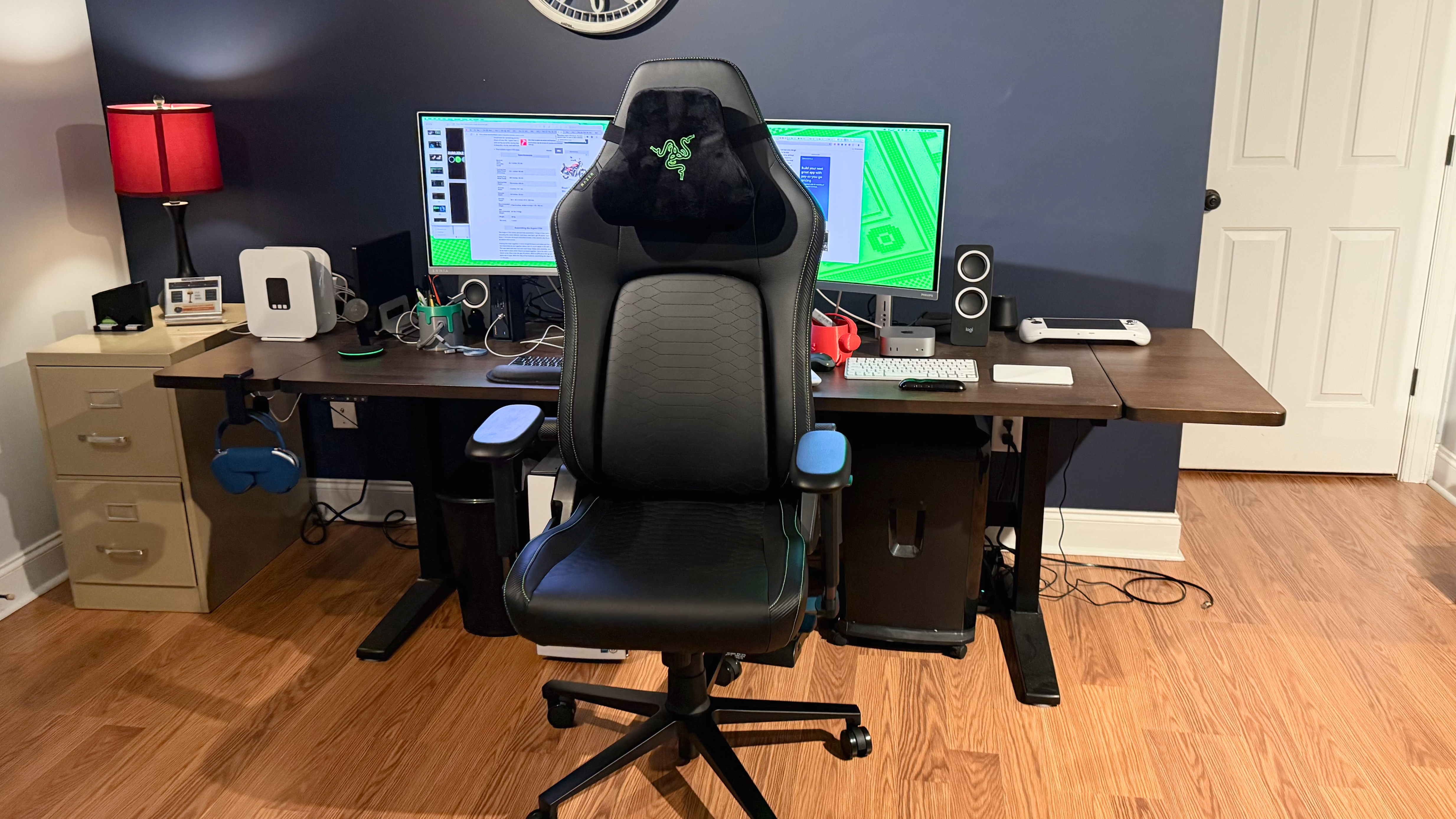
Synthetic leather is a more eco-friendly alternative to leather, and it looks as though it should have good wear characteristics for extended gaming sessions. One downside I noticed is that there are no perforations/ventilation for the seat, so my legs stuck to the bottom cushion when wearing shorts. It's starting to creep into the high 80s and low 90s in North Carolina, and the heat combined with my adrenaline pumping from gaming sessions isn't a good combination. I don't have any such ventilation problems with my personal gaming chair, which has a taut, mesh fabric on the seat base and backrest.
With that said, the synthetic leather makes it easy to clean up in case you have a food or drink accident on the chair. This is bound to happen for gamers at some point, and the Iskur V2 can be quickly wiped down with a wet cloth. Dealing with drinks and food mishaps with fabric is often more of a hassle; just trying removing barbeque sauce (and the smell) from a gaming chair with fabric surfaces.
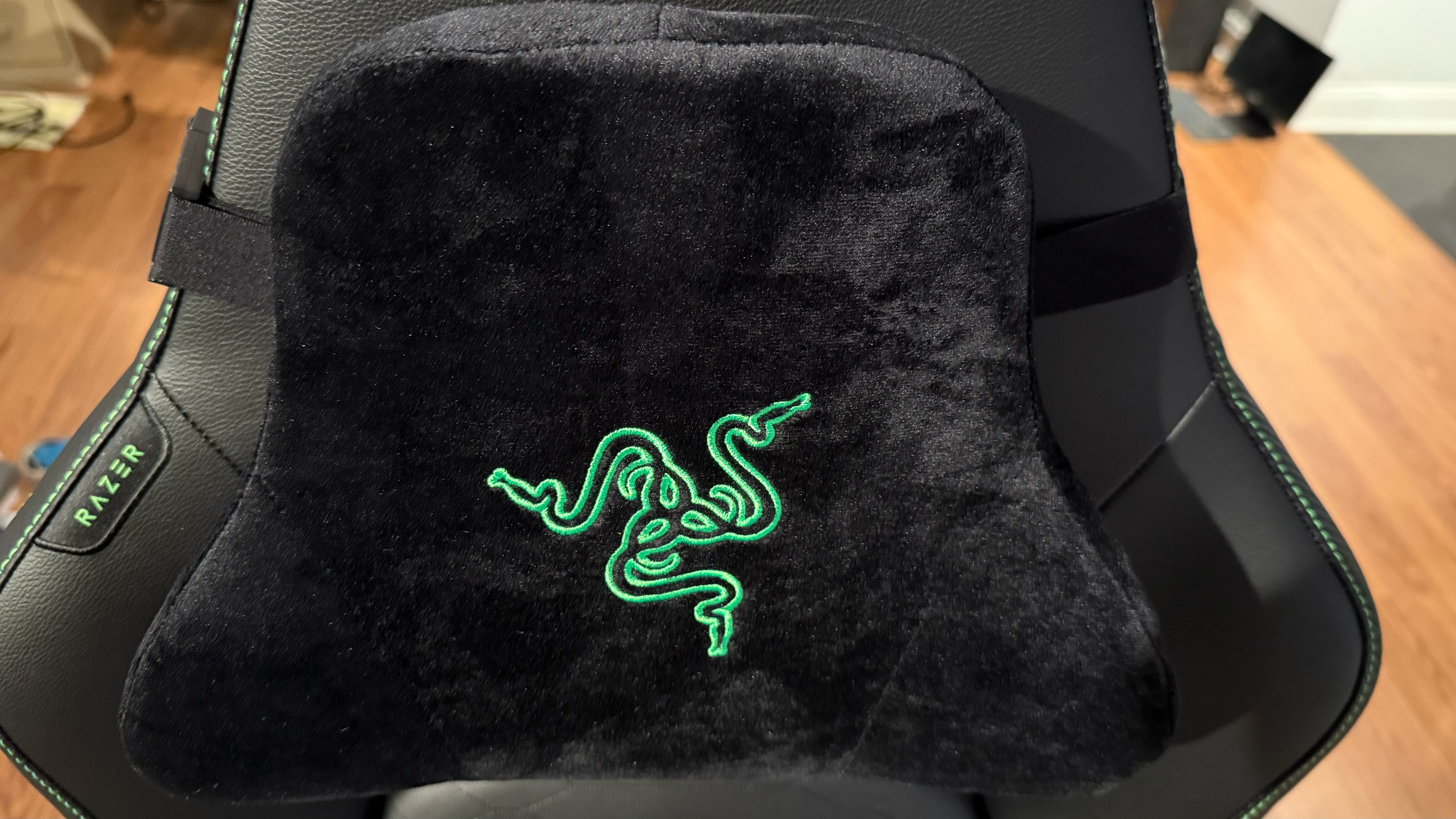
Razer includes a headrest pillow with the Iskur V2 – which also has a green Razer logo -- but it doesn’t solidly attach to the seatback. Instead, there’s an adjustable loop that fastens with a plastic quick-release buckle that allows for a friction fit. Depending on how you adjust the strap, you can raise or lower its position on the seatback. Although I attached the headrest pillow, I didn’t end up using it daily. It would be nice if there was a more semi-permanent attachment point for the headrest pillow, because I could see it slipping out of your preferred position if you are inclined to use it frequently.
All the knobs, levers, and buttons on the Iskur V2 have a high-quality feel. I especially liked the knurled adjustment knobs on either side of the chair. The right knob moves the lumbar support in or out, while the left knob adjusts the lumbar support up or down.
Once fully assembled, the Iskur V2 is sturdy and creek-free. I’ve previously encountered gaming chairs that are very “talkative” when reclining or leaning on the armrests. The Iskur V2, on the other hand, is tight as a drum, letting out nary a peep even when going to full recline. The only noises that emanate from the chair are the satisfying clicks from turning the lumbar dials or adjusting the armrests.
Assembling the Razer Iskur V2
The Iskur V2 arrived on my porch in a massive box that weighed over 80 pounds. I managed to "walk" it into the house by flipping it end over end, then scratched my head as to how I would manage to transport the box upstairs by myself (my stairs leading to the second floor also have a 90-degree turn, making the ascent even more tricky). Given how cumbersome (35 x 28 x 15 inches) and heavy the box was, I opted to open it up and carry the large components upstairs, piece by piece.
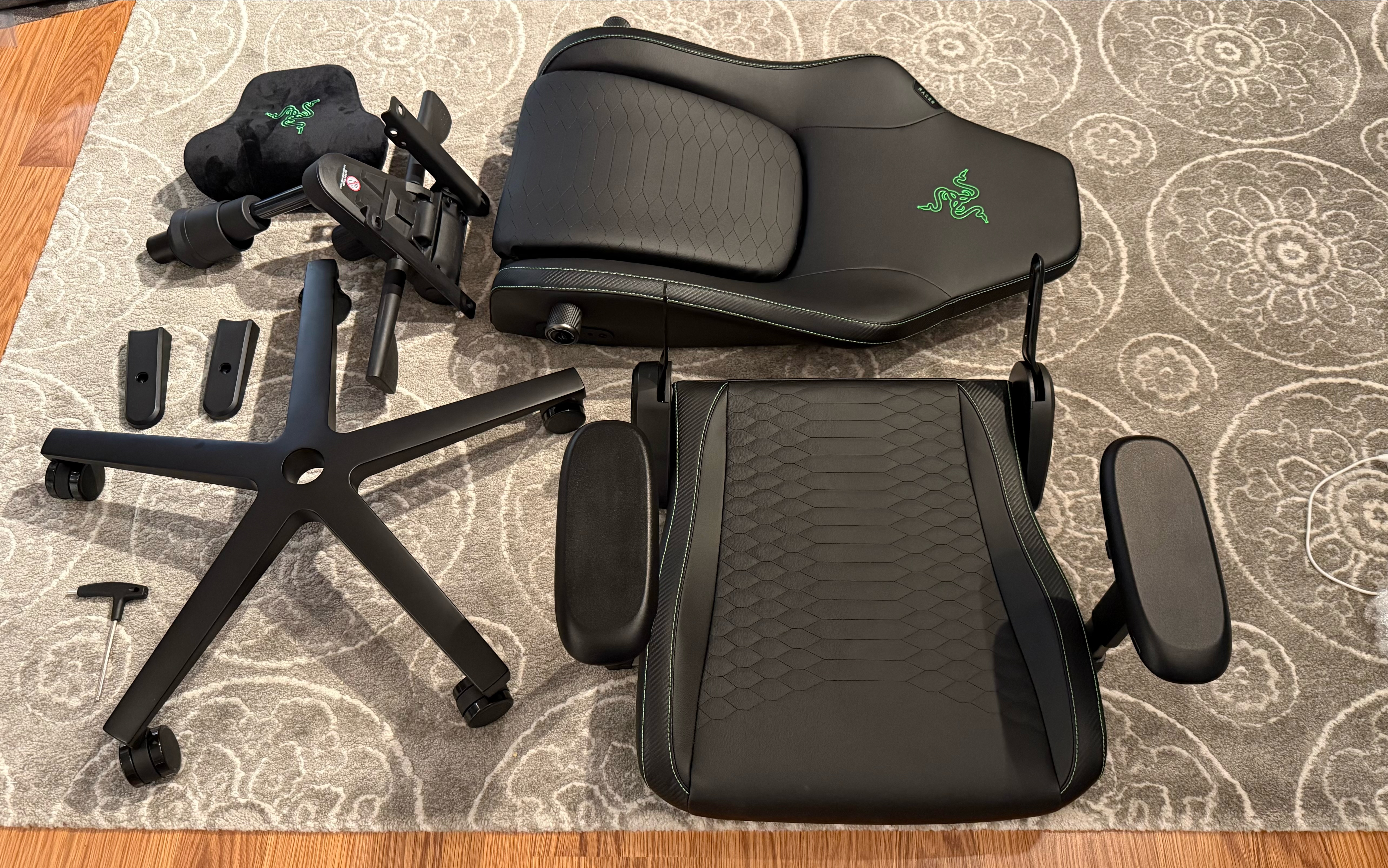
The Razer Iskur V2 parts list includes:
- Backrest and seat base (left and right arms pre-attached)
- Headrest pillow
- Left and right armrest
- Casters 5x
- Gas lift, tilt mechanism
- Allen wrench, screws, and plastic covers
When I opened the box, I was surprised to see a pair of work gloves in a bag taped to the inner flap, which is a nice touch from Razer. The bottom cushion, seatback, and head cushion were wrapped in plastic to protect them during shipping. The other major components, like the base, were wrapped in flexible foam, with foam inserts interspersed for added protection.
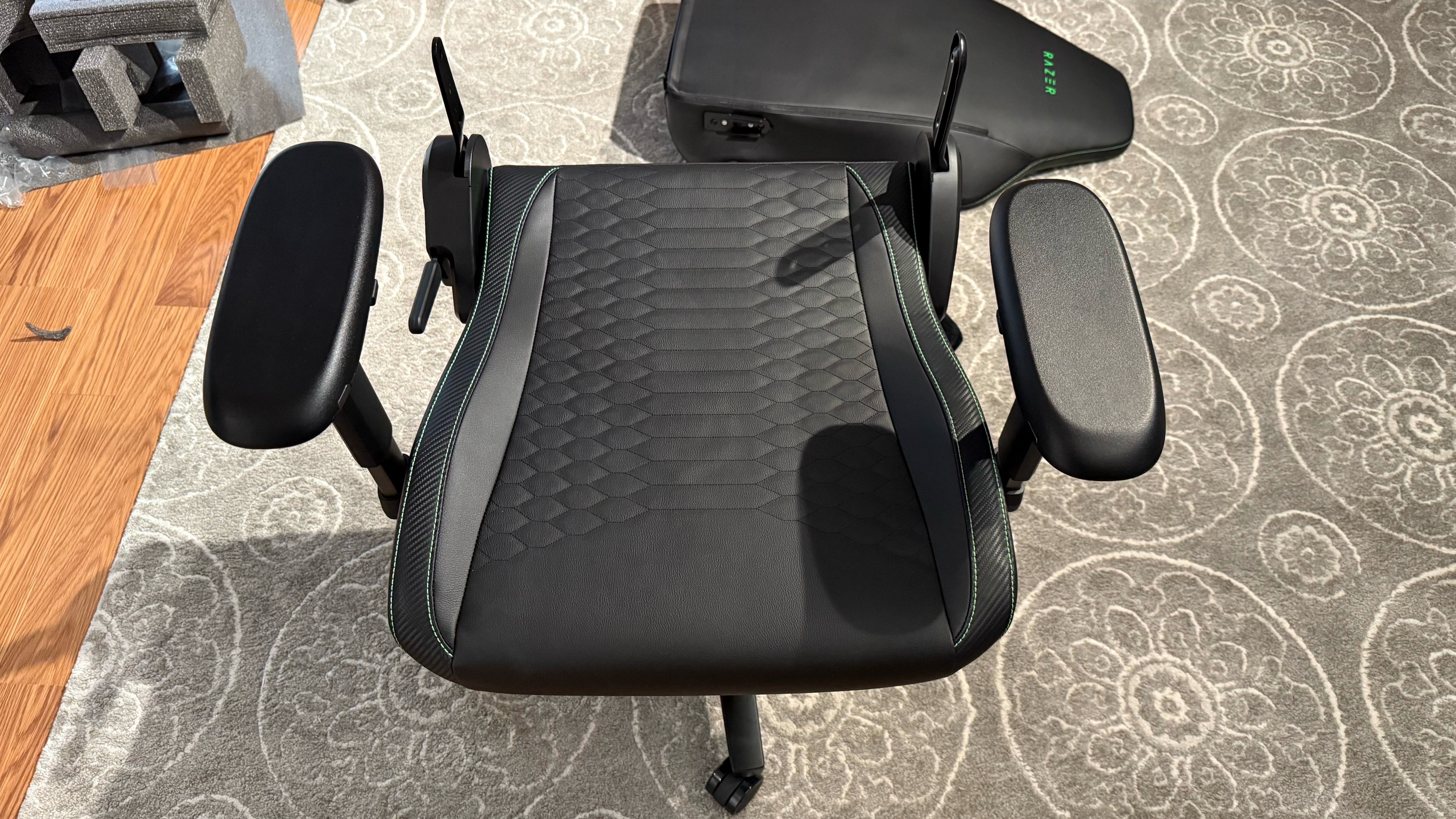
Razer included a multitool to assemble the Iskur V2, and the whole process took no longer than ten minutes. I first had to affix the wheels to the heavy metal base, then insert the gas lift. The next step was to remove four screws from the seat base with the included Allen wrench tool, then attach the metal base for the seat and reinsert the four screws. Next, you'll need to affix the entire seat base to the gas lift, then fasten the seatback to the backrest with four Allen screws. The next step is to install a plastic cover plate on either side of the chair and a small round plastic plug to hide the screw that holds the cover plates.
The final step was to strap the head pillow to the seatback.
Razer Iskur V2 Comfort and Adjustments
The Iskur V2 comes with a bevy of adjustments to fit a wide range of body types. For starters, Razer goes all-in on comfort by using dual-density foam cushions for the seat base and the backrest. I must say, my butt felt immediately at home as soon as I sunk down into the chair.
One feature I only used once is the ability for the chair to recline back to a maximum of 152 degrees. That's not quite the 180-degree maximum recline of the Cooler Master Caliber X2, but it was extreme enough to leave me feeling a bit unsettled. Even though I know that the chair can support my weight at full recline, I couldn't quite shake the feeling that I might embarrassingly topple completely backward and spark an unforced injury on my middle-aged body. So, I was one-and-done with the 152-degree recline.
The chair supports height adjustment (floor-to-seat height ranges from 435 to 535 mm), which is controlled using the right stalk that juts out from the seat base. As is common in today's gaming chairs, the Iskur V2 features 4D armrests, which are highly adjustable. I found the perfect height and horizontal position to accommodate my arms while seated at my desk. The armrests can also pivot up to 25 degrees in or out, but I found them most comfortable pointed straight ahead.
The lumbar is fully adjustable and marks one of the most significant changes from the first-generation Iskur. The previous chair featured a lumbar pad that was only adjustable for depth, while the Iskur V2's is adjustable in three planes. It can be adjusted horizontally, vertically, or in what's called a "cross-plane path." This means the entire lumbar pad can swivel left or right. The left and right movement is beneficial for people with unorthodox sitting styles (i.e., me — I like to sit with my legs crossed in the chair), or for people constantly looking at extreme right or left viewpoints with multi-monitor setups or the best ultrawide gaming monitors. The swivel ensures the lumbar follows your body movements, maintaining pressure points for maximum comfort.
Razer says the Iskur V2 can comfortably support people weighing up to 300 pounds. I weigh roughly half of that maximum, and could easily find a comfortable seating position after about 10 minutes of tinkering with the controls. Whether I sat with my feet on the floor or with my legs crossed, my comfort levels were high. The adjustable lumbar was also much appreciated, as my primary monitor for work is a 49-inch ultrawide. I sit at the mid-point of the monitor and spend a lot of time moving my viewpoint from left to right during the day as I multitask throughout the day across macOS and Windows machines via my monitor’s built-in KVM switch.
My primary complaint about the chair relates to seat space/depth. Although Razer says that it has improved the amount of seat space compared to the original Iskur, I still felt that it was a little lacking in thigh support — even though I’m not overly tall at 5’ 10”. My “daily driver” gaming chair has a seat depth of 500mm compared to the Iskur V2's 450mm, and this was immediately noticeable when sitting with my feet on the floor.
The Iskur V2 includes a removable headrest pillow, but I don’t typically rest my head all the way back on the seatback when I'm gaming or performing everyday work tasks. So, while I attached the headrest pillow when I first set up the chair, my head only touched it once, when I tested the 152-degree recline.
Bottom Line
The Razer Iskur V2 is an excellent gaming chair, offering plenty of adjustability, somewhat restrained styling, and high-quality construction. The 4D armrests should allow even the most discerning gamers to find a comfortable position, and the highly adjustable lumbar support should do wonders to keep your back from screaming out in pain after an hours-long gaming session (although you may be screaming into your headphones for another reason).
However, the Iskur V2 isn’t perfect. The pleather seating surfaces caused my back and legs to sweat after gaming for a few hours. In addition, the relatively short seat cushion resulted in less-than-ideal thigh support.
There’s also the issue of price. The Iskur V2 retails for $649, although Amazon currently offers the chair for under $620. That’s a lot of change for a gaming chair, but the trick lumbar adjustments might be worth it for people with back problems and/or who have an unorthodox way of sitting in their gaming chairs. The chair is also well-built and looks good sitting in your gaming lair. However, if the price is too high for you, consider something like the Cooler Master Caliber X2, which has a street price of under $300.

 6 months ago
79
6 months ago
79
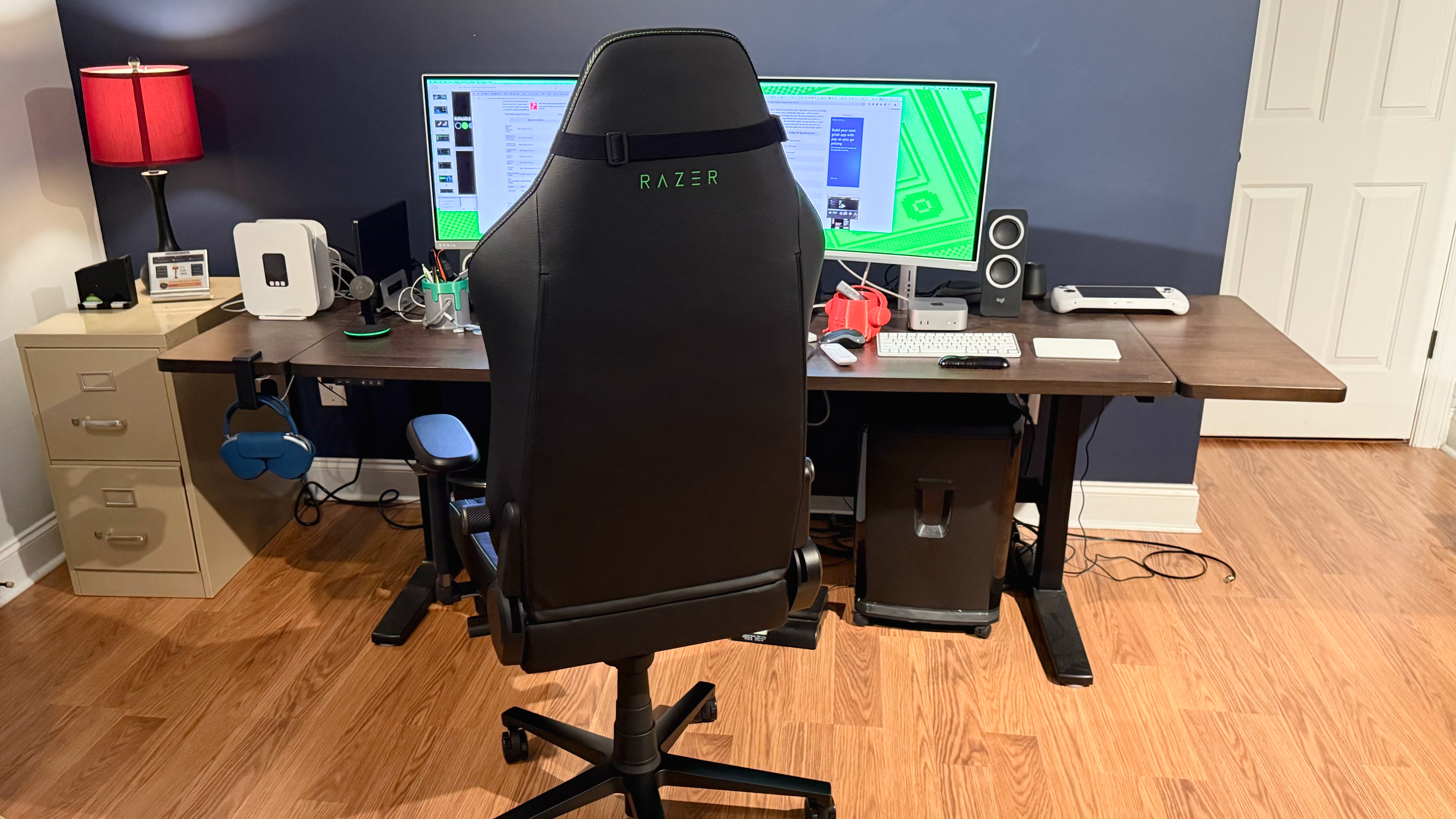
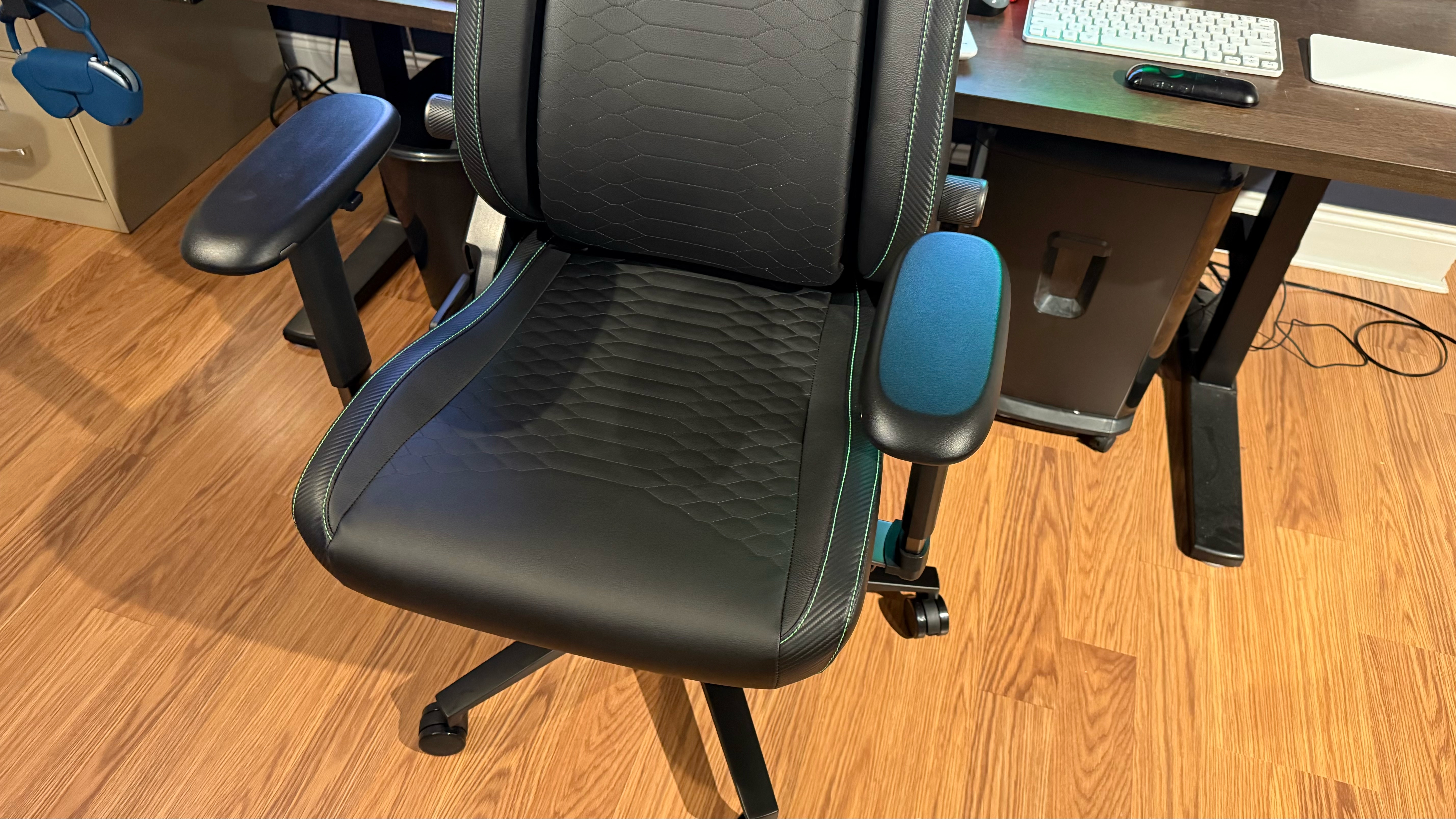
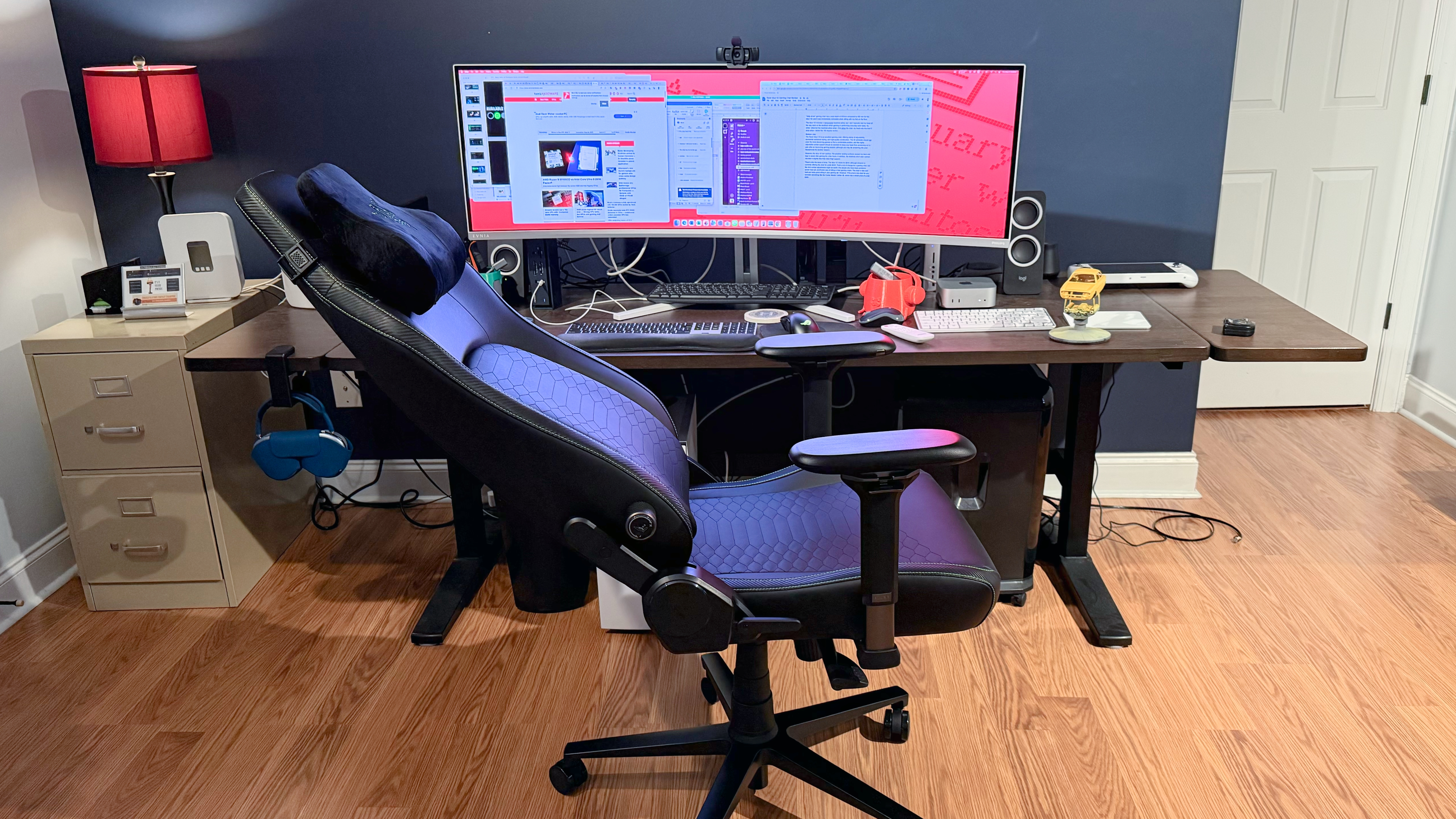
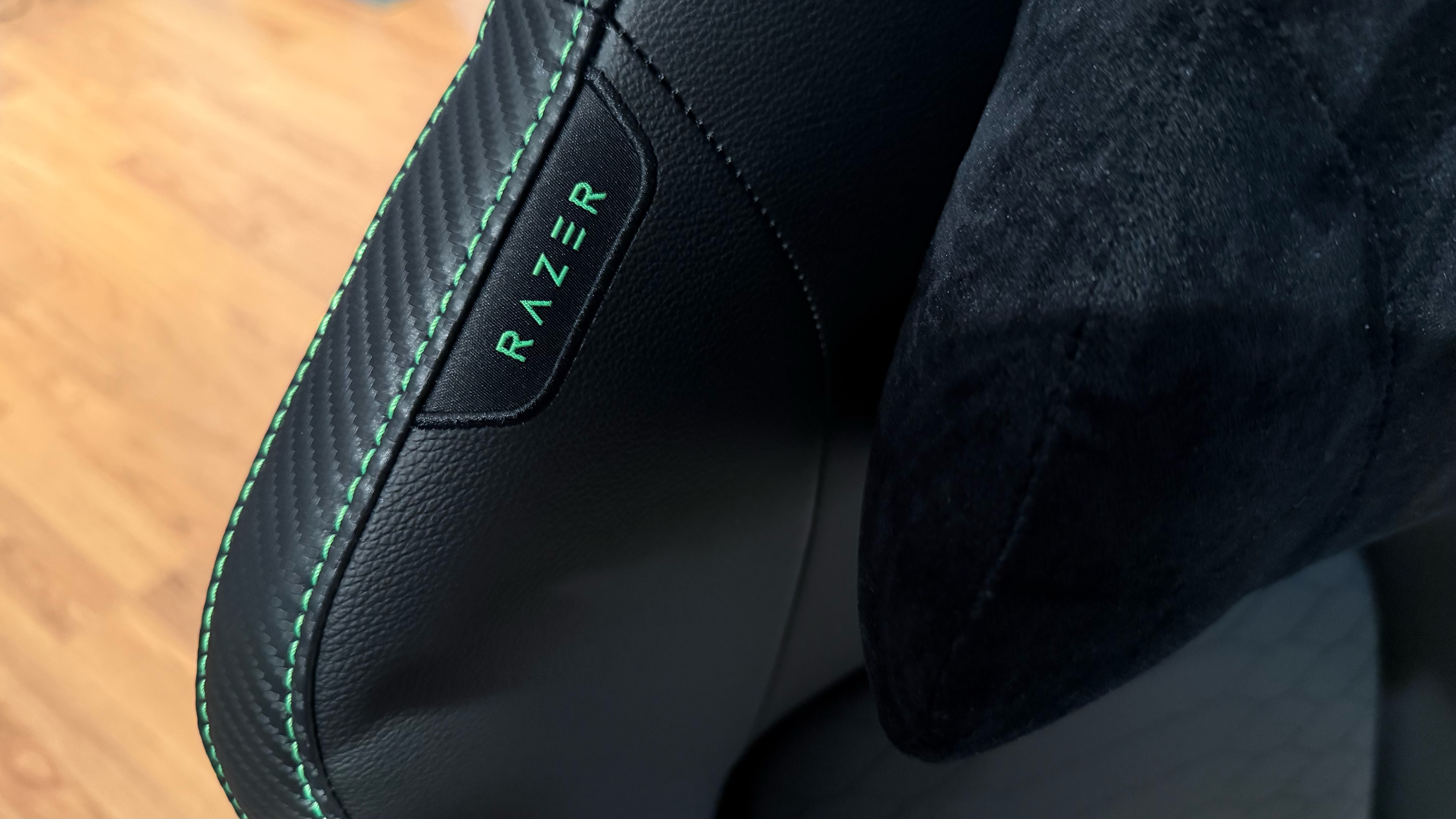
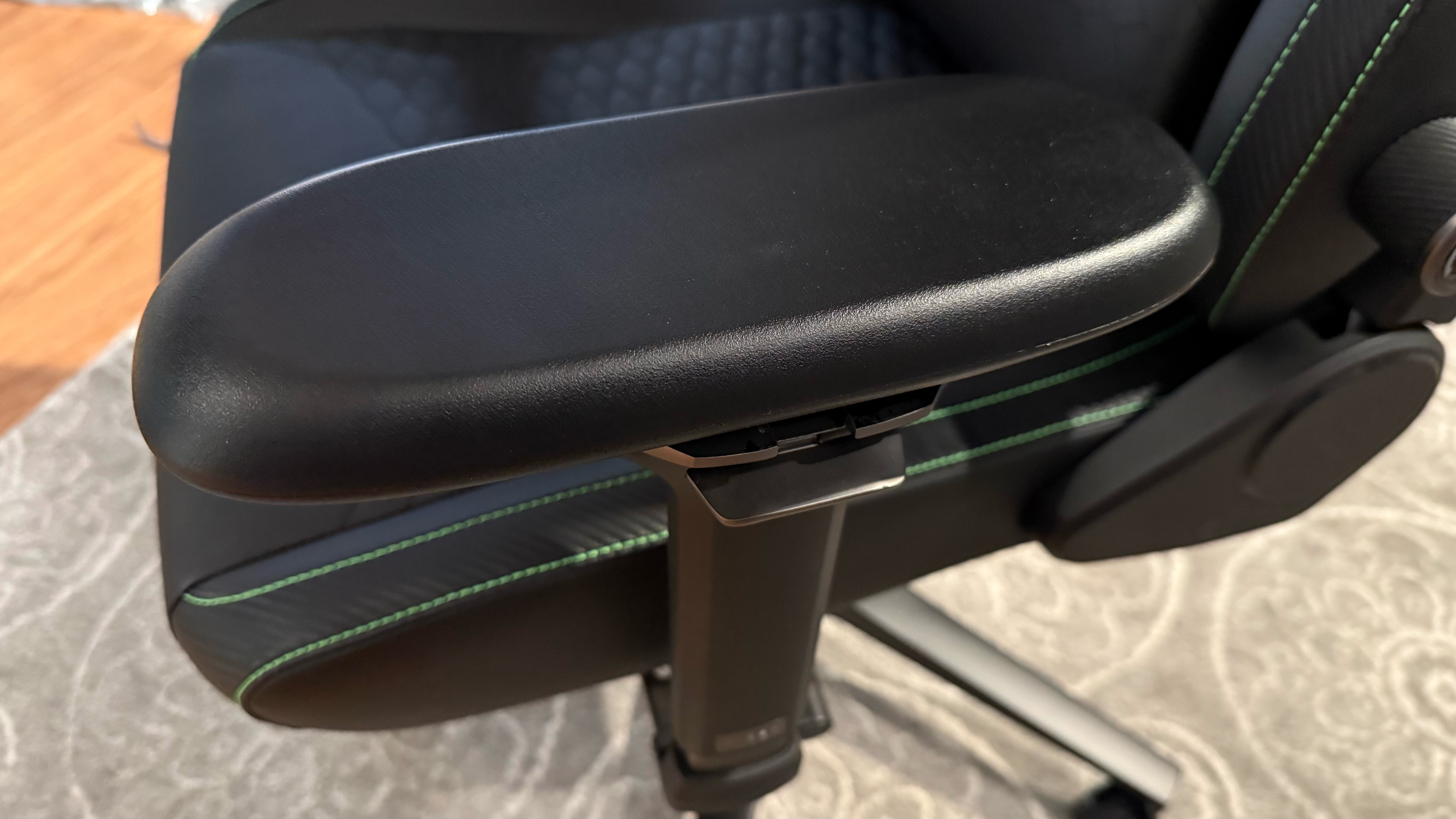
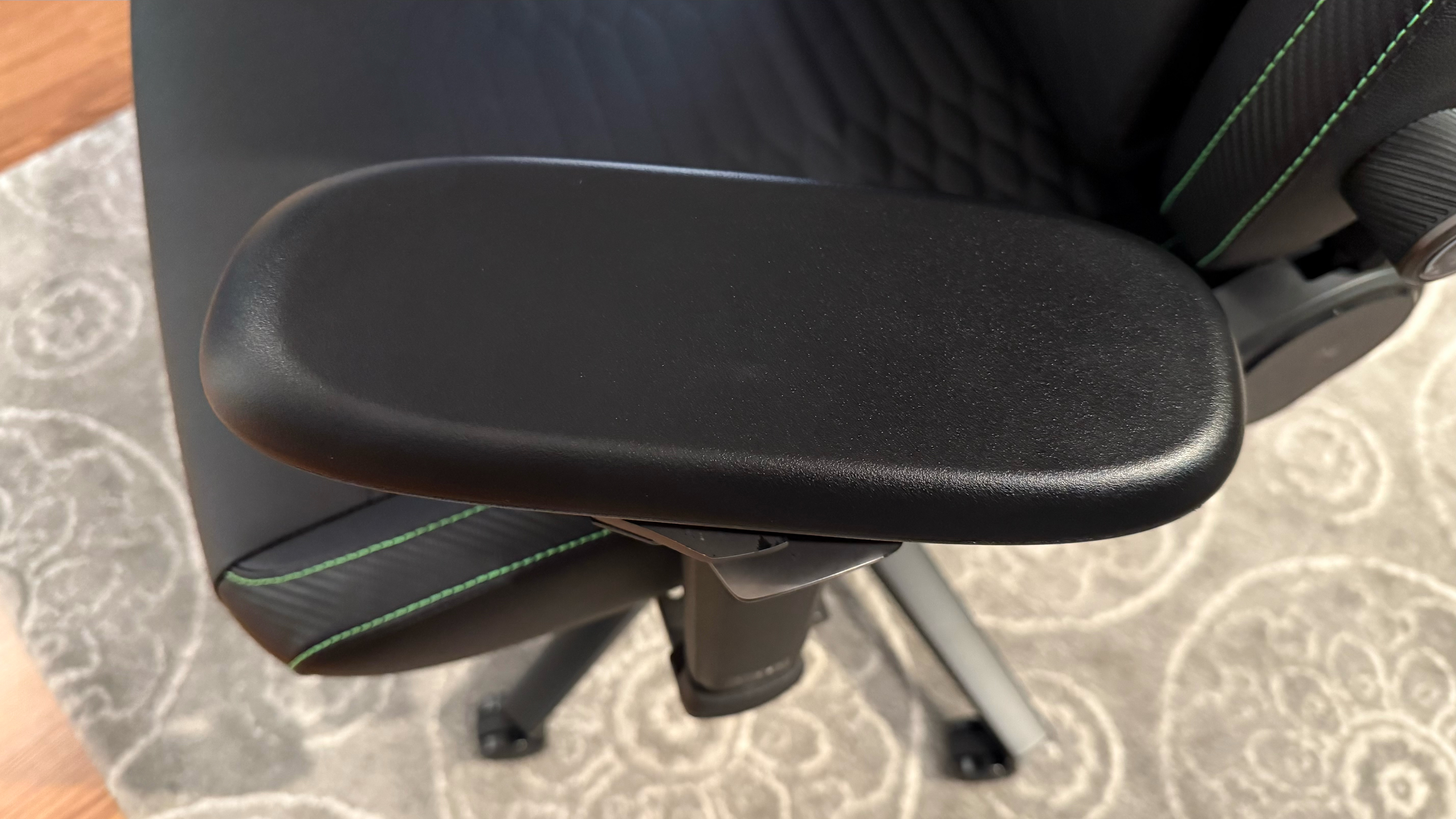
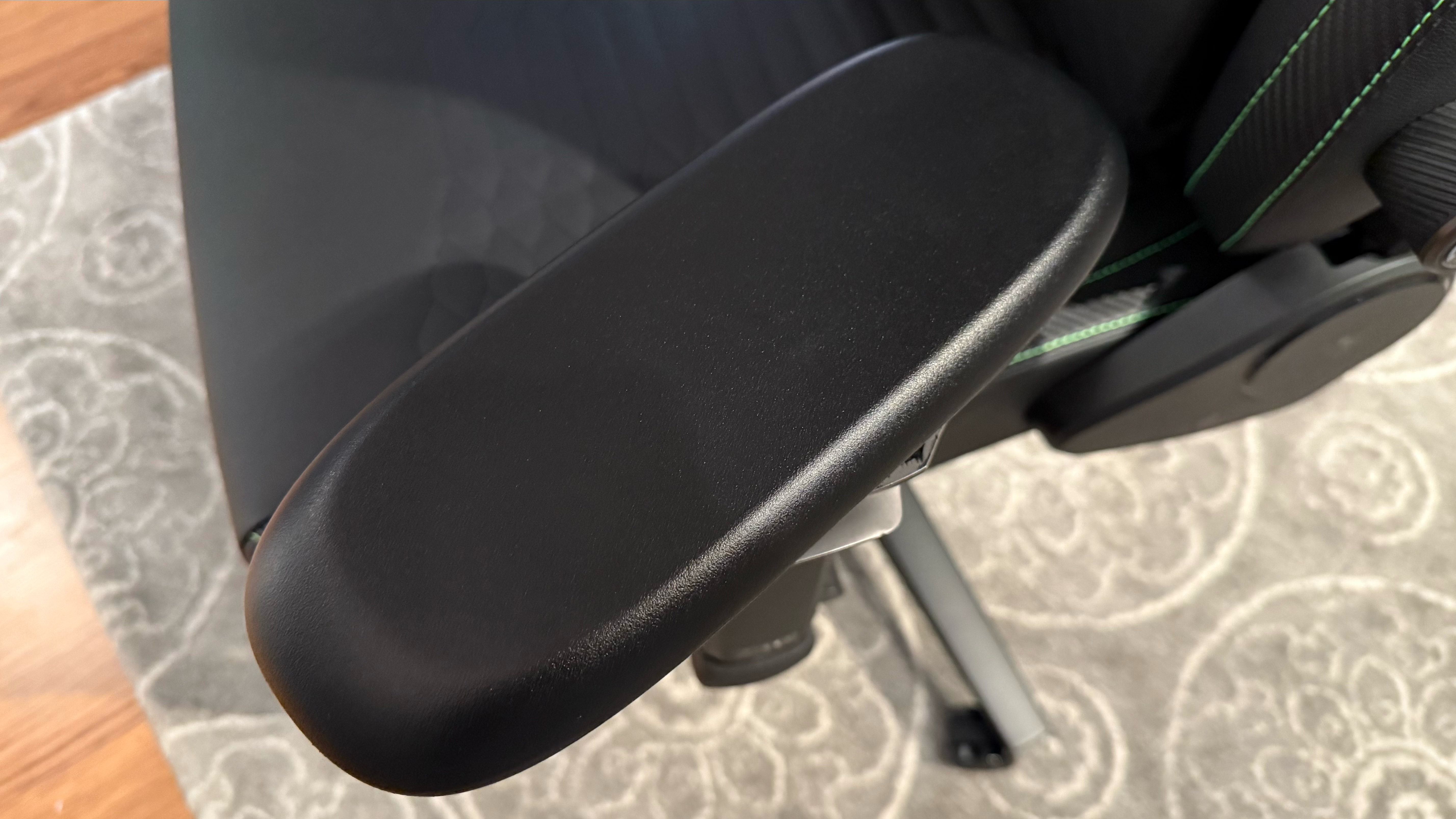
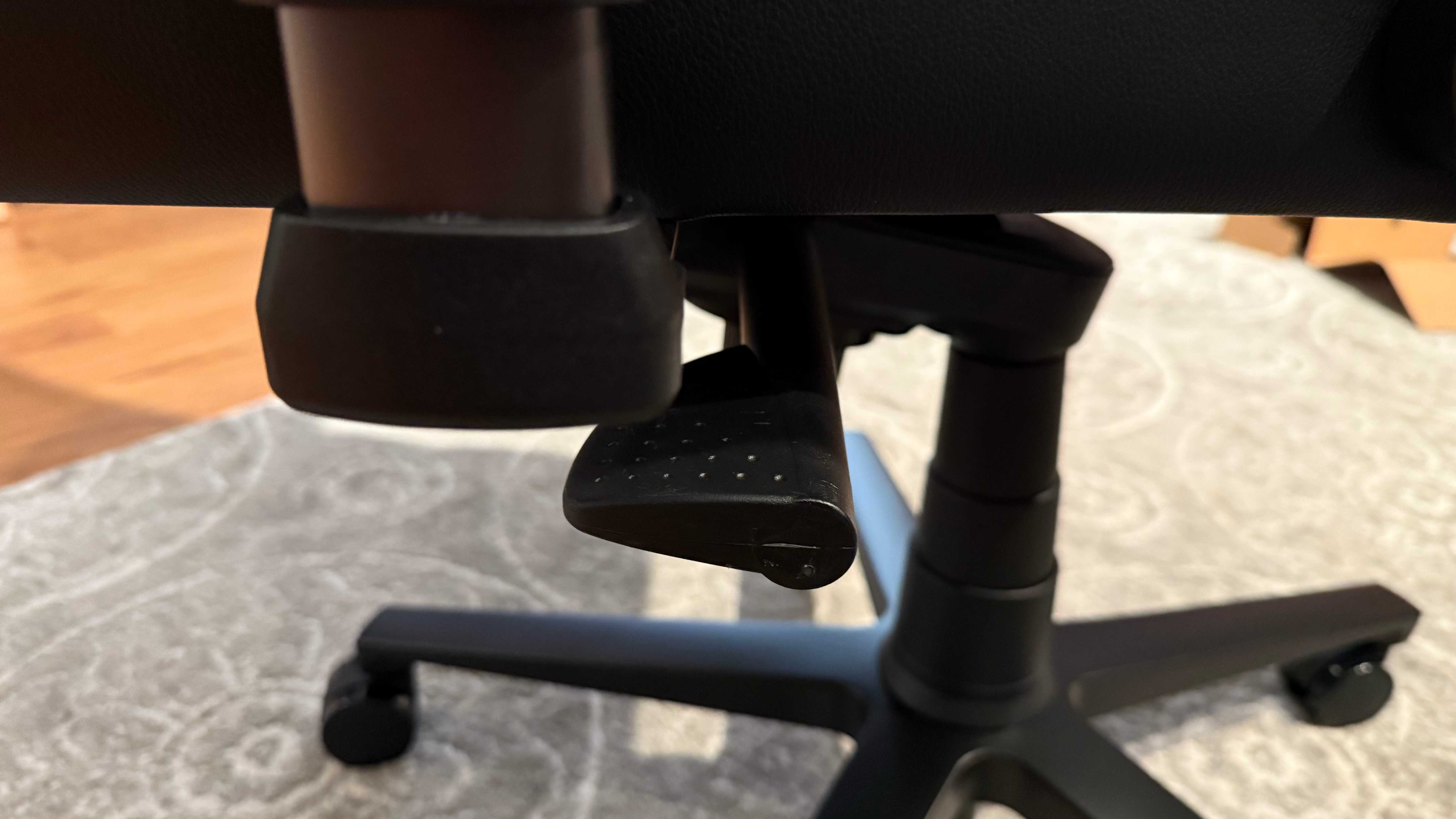
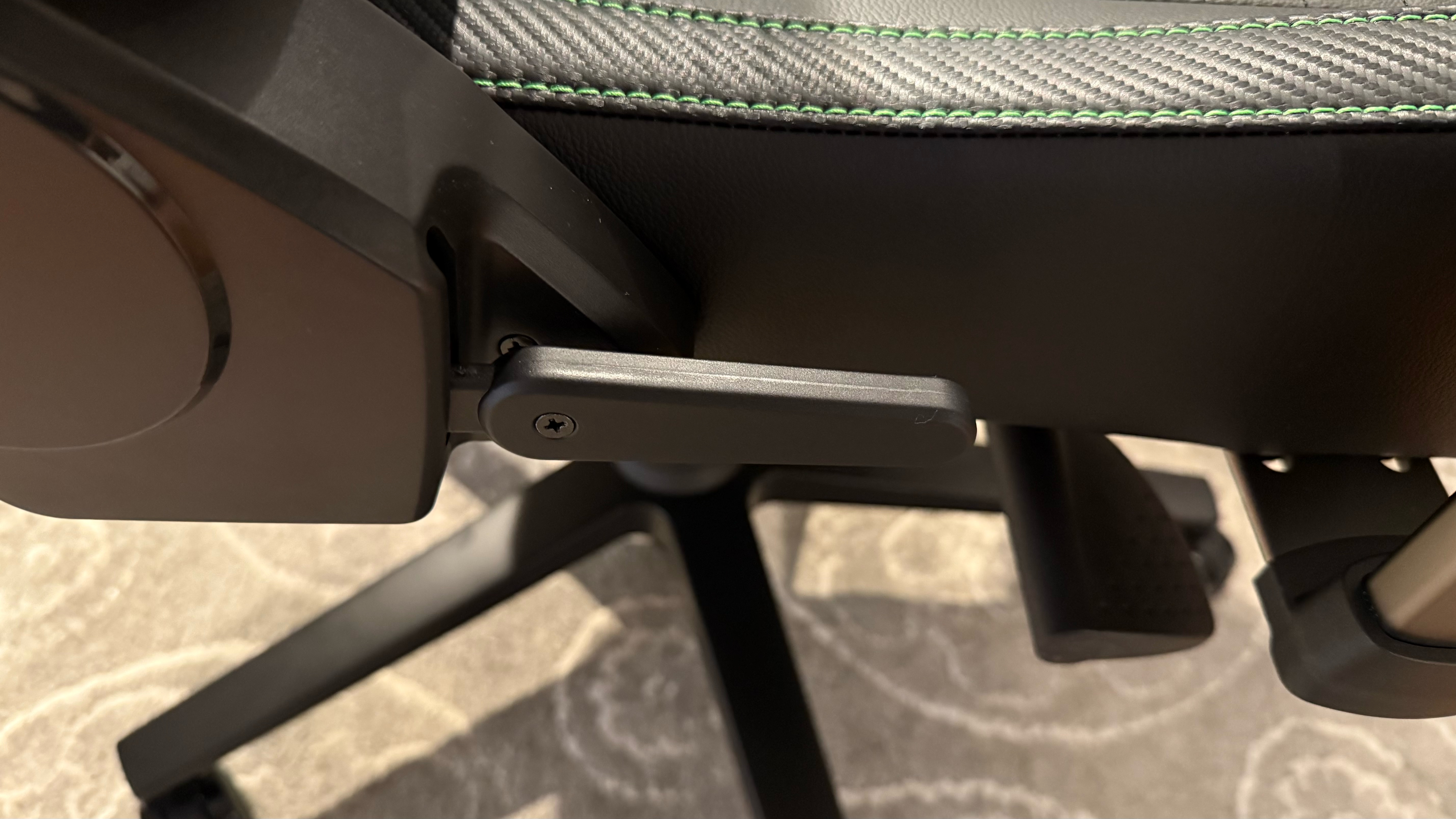
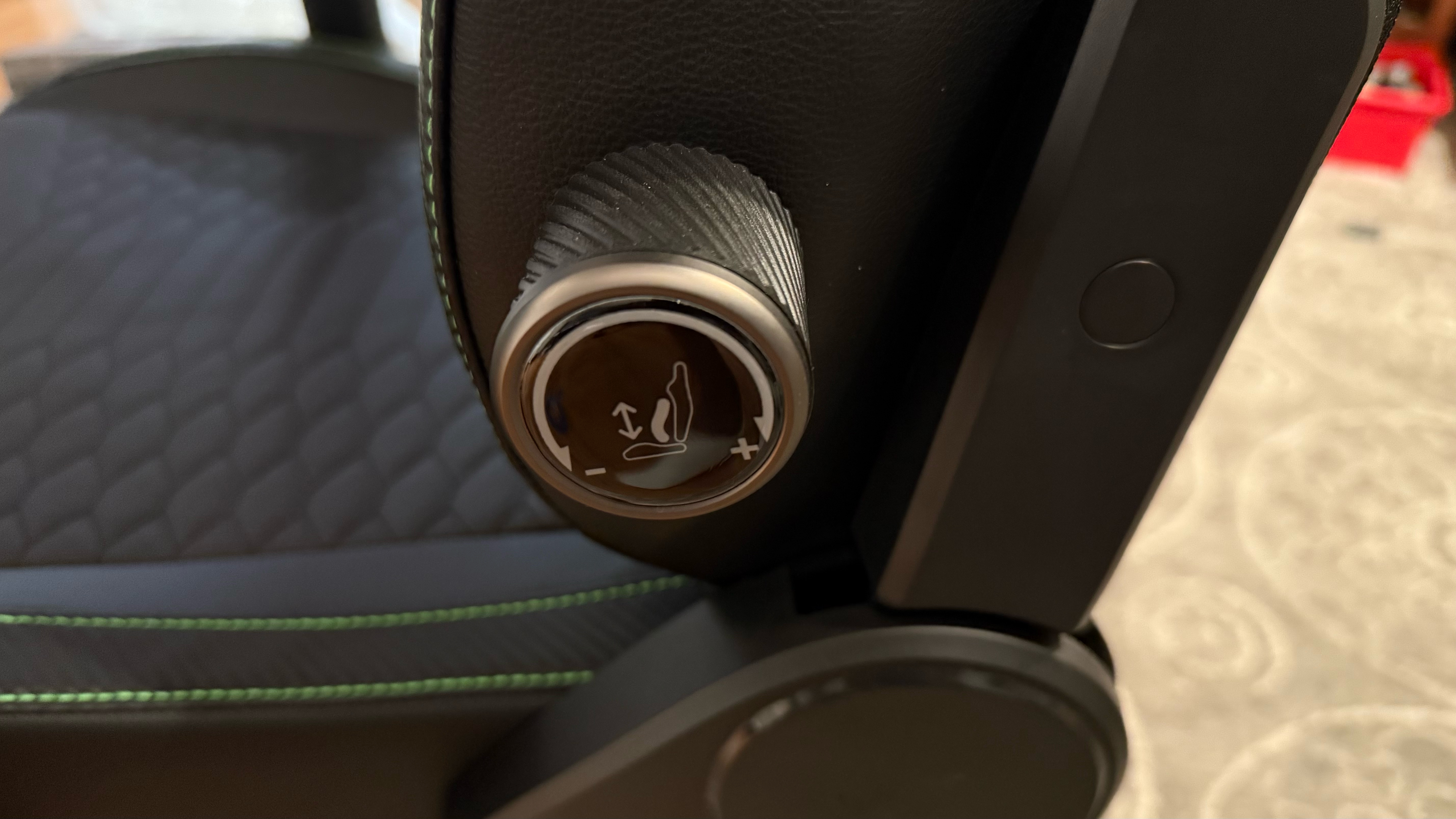
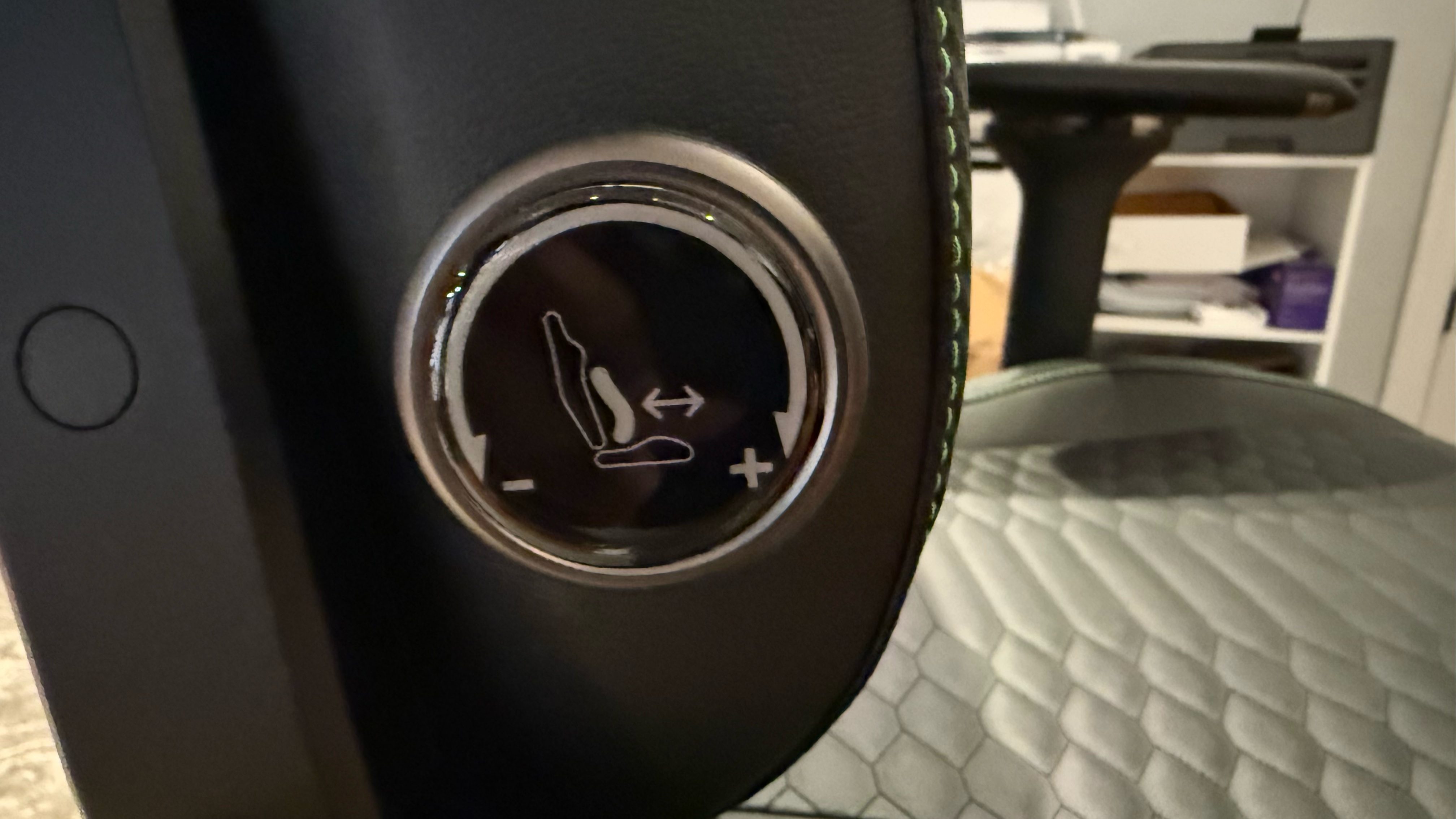
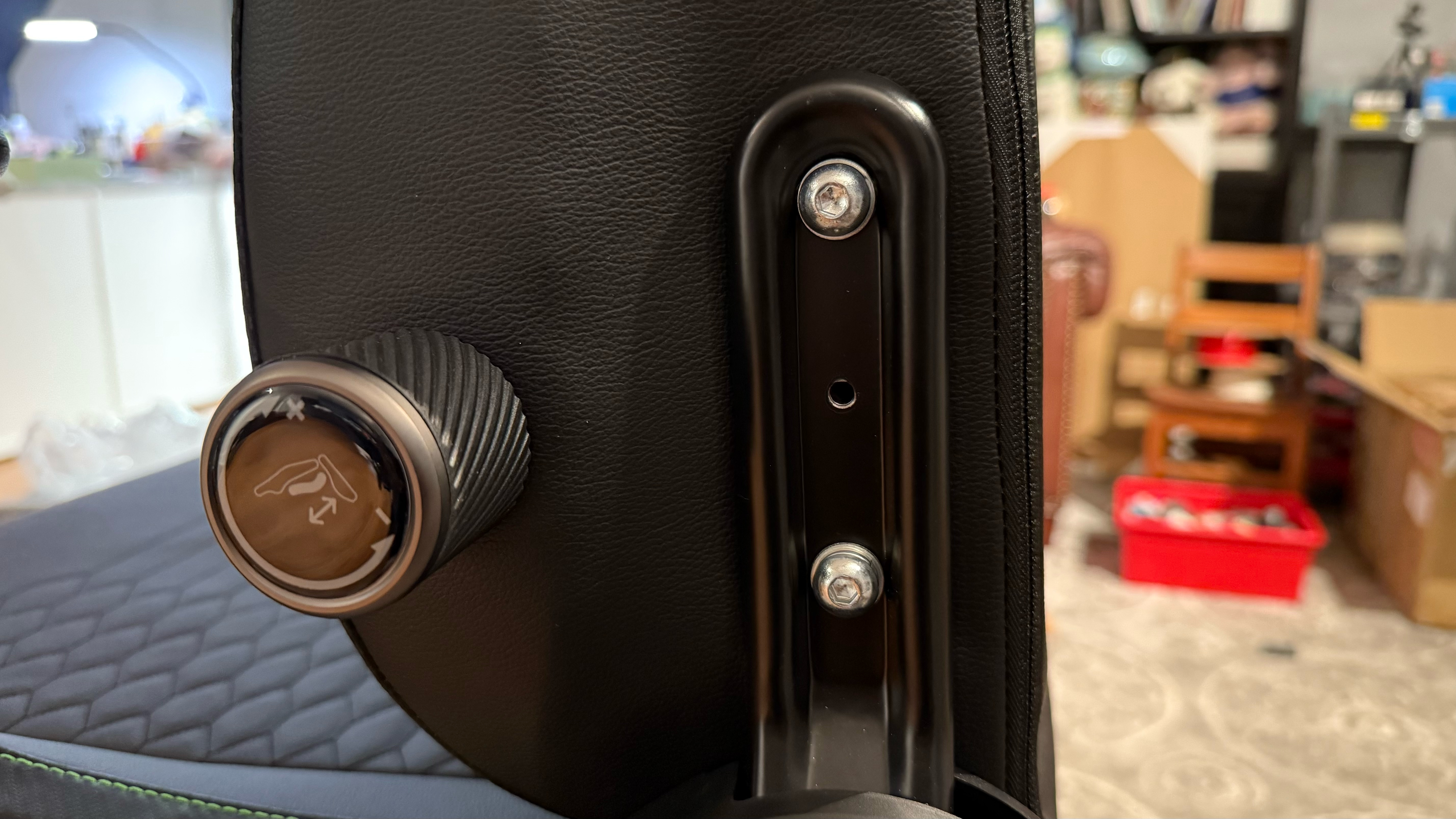
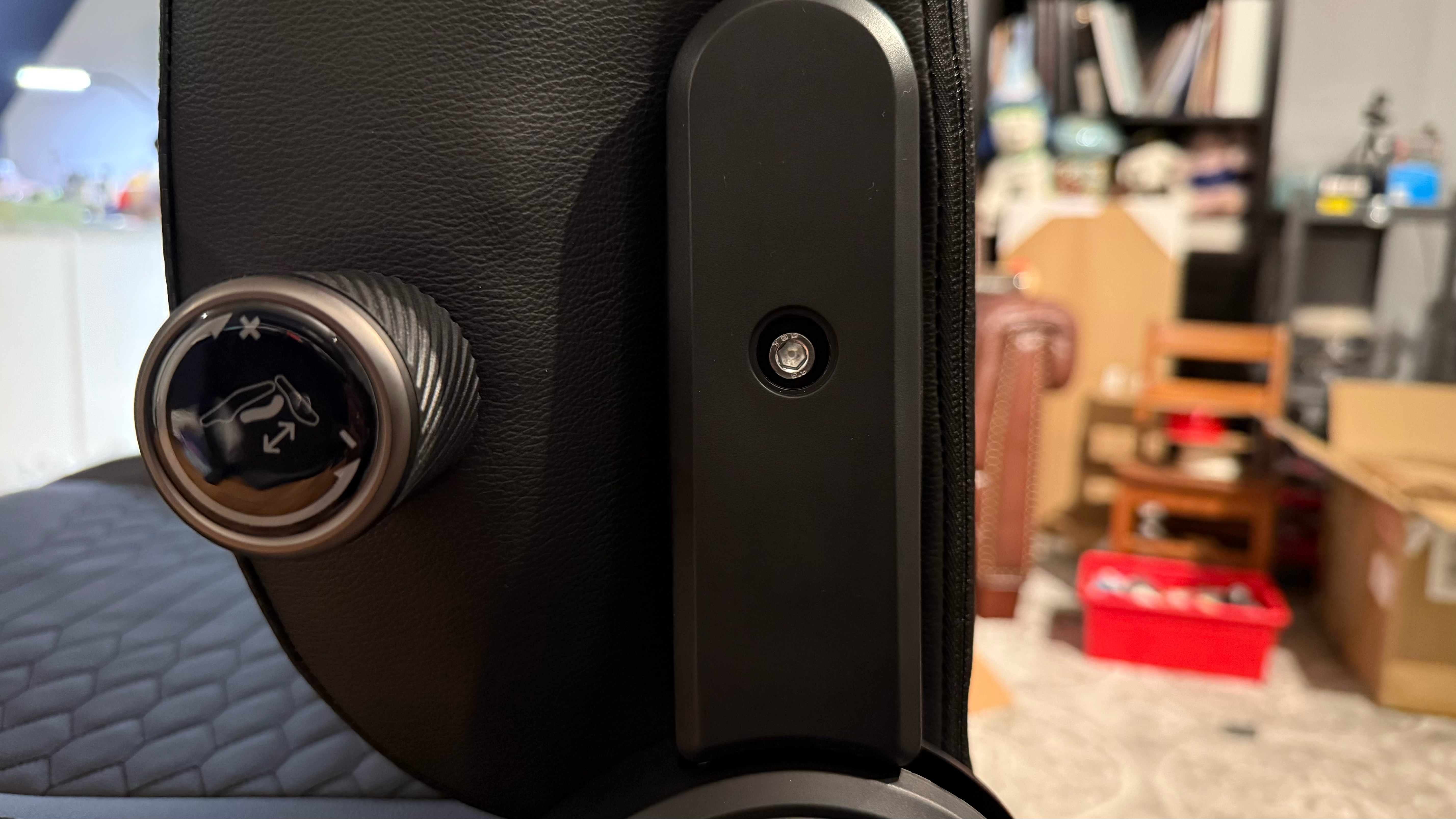
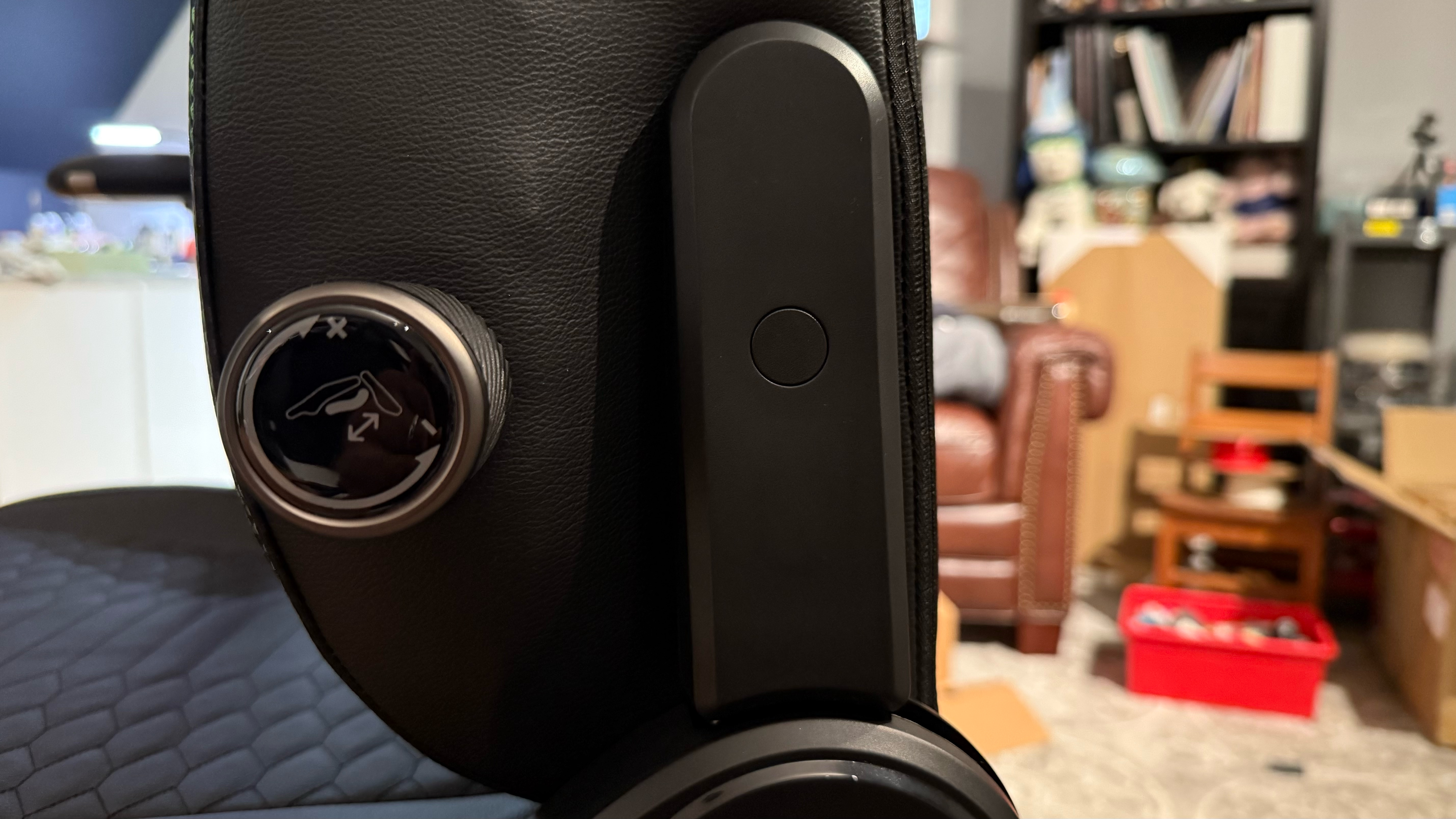
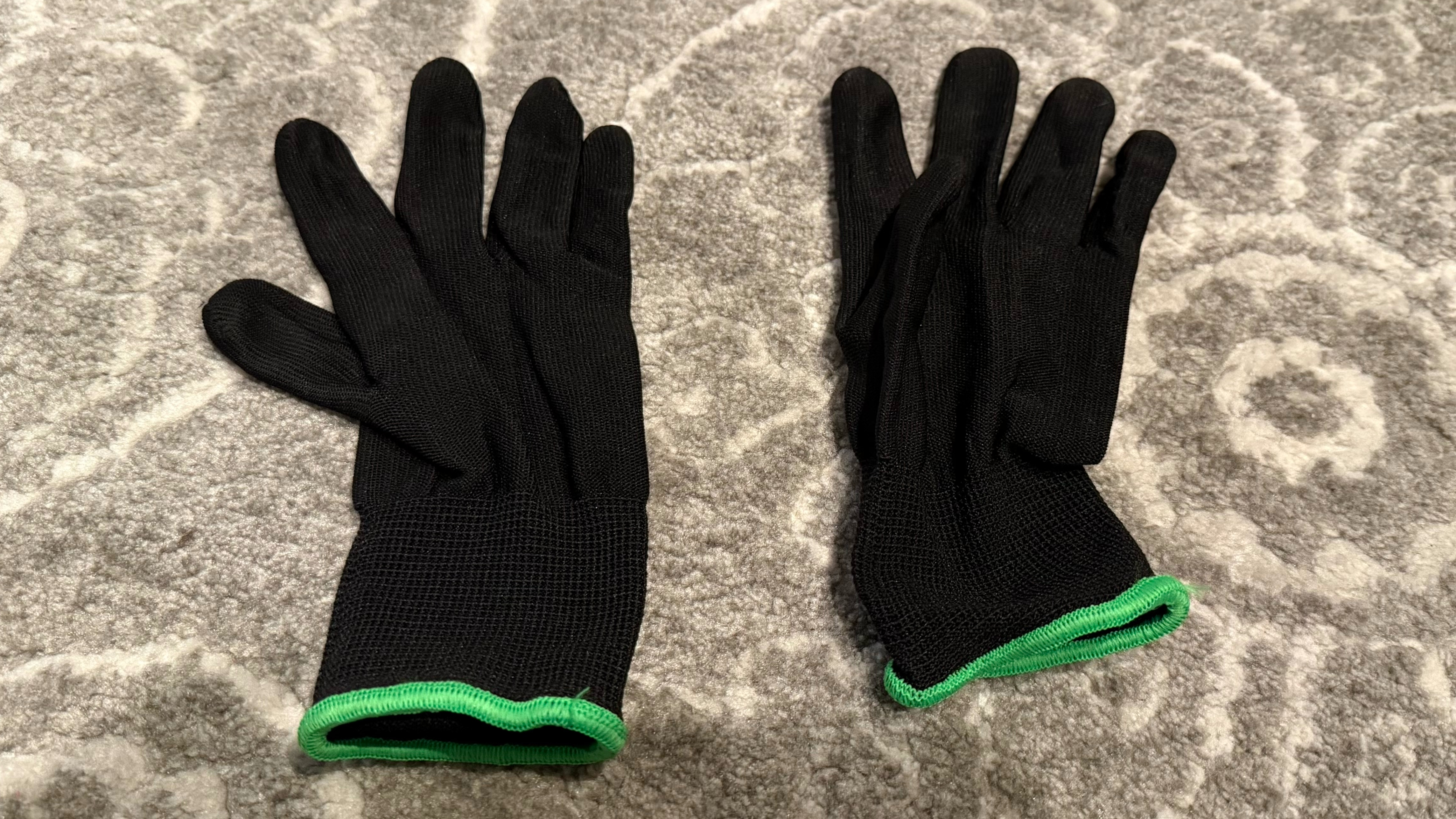








 English (US) ·
English (US) ·